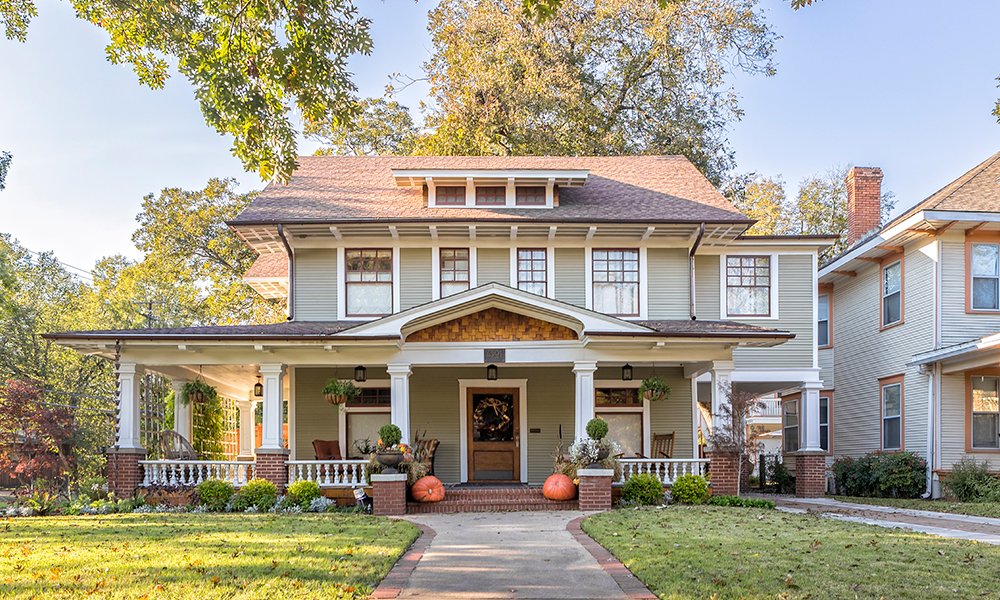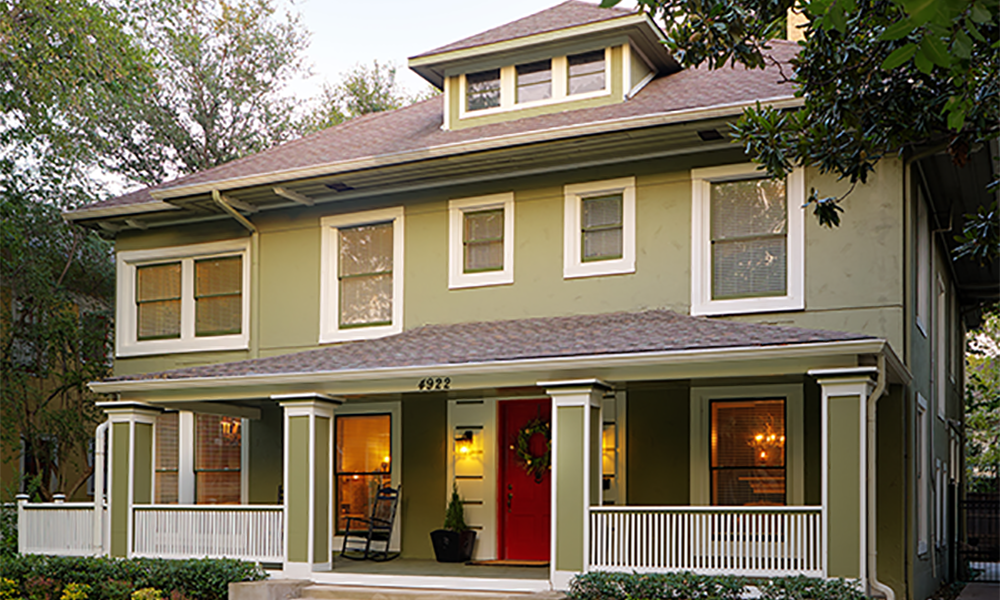
The History.
– Established 1905 –
with all the amenities
Robert S. Munger, a cotton-gin manufacturer, purchased 300 acres in 1905 and began developing the Munger Place neighborhood. Aldredge & Knight helped promote and sell the lots. Robert’s son Collett became the general manager and his brother Eugene was placed at the assistant managers role during the development of the neighborhood. The original “Munger Place Neighborhood” included the current historic districts of Swiss Ave, Munger Place, and Junius Heights.
The current Munger Place Historic District originally boasted homes with sidewalks, curbs and gutters made of cement, sewers, electric streetlights, a streetcar line, and “bitulithic paving which was soft on horses’ feet and quiet beyond expectation.” The deed restrictions included 70-foot-wide streets and ten-foot-wide sidewalks on each side of the street. Each home had to be two stories with a 25’ setback, cost at least $2000, and the homes face Junius, Worth, Tremont, Victor, or Rieger streets. Munger Place was considered to be one of the finest residential neighborhoods in the entire Southland.
During the Depression of the 1930s the neighborhood was almost destroyed. Homeowners began converting their homes into apartments or taking in boarders. The housing shortage following World War II helped perpetuate this trend toward multi-family housing and led to a significant decline of the area and its structures.
In the 1970s, “urban pioneers” saw that the neighborhood could reclaim its former grandeur and started purchasing and remodeling the structures back into single family homes. The urban pioneers included the large windows, spacious rooms, beam ceilings, crown molding, wooden floors and other important features of the original 1900’s architecture.
By 1980, Munger Place had been added to the National Register of Historic Places and had earned Historic District status from the City of Dallas. Between the Historic status and the Federal National Mortgage Association’s selection for the innovative inner-city lending program propelled a renovation of many more of the residences. MPHDA is nationally recognized as the largest collection of Prairie-Style homes in one area. Thanks to these visionaries, and to those who followed, Munger Place once again showcases its quintessential early-20th-century American architectural features. Since then, neighbors have been committed to preserving neighborhood history and are very proud to share this with you. The Munger Place Historic District Association and its members are honored to be caretakers of the historic legacy.







